A Basic Guide to Japanese Temples
Like their Shinto counterparts, Buddhist temples are scattered all throughout Japan and are a great sources of Japan cultural and historic heritage. Though Buddhism and Shinto are very different religions, distinguishing shrines and temples can sometimes be a challenge.This is because until the Meiji Period, Shinto and Buddhism often borrowed or incorporated things, like architecture and even deities from one another. The Meiji Government did its best to force Shinto and Buddhism to clearly differentiate themselves, but it wasn’t a total success. Even today, can be a little tricky to tell shrines and temples apart. This guide to Japanese temples will help you understand that despite their similarities, there are still a great many difference between the two.
The History of Buddhism in Japan
Buddhism was first introduced to Japan in the 6th century via Korea. At first, Buddhism was predominately a favorite subject of study among aristocrats during the Nara Period. During that time, teaching Buddhism to the ordinary people was strictly prohibited. However, in the middle of the Heian Period there was a lot of societal unrest, leading commoners to gradually become acquainted with Buddhism. By the Kamukura Period, most of the newly created sects of Buddhism targeted the average person. Over time, even more schools of Buddhism and sects started to appear.
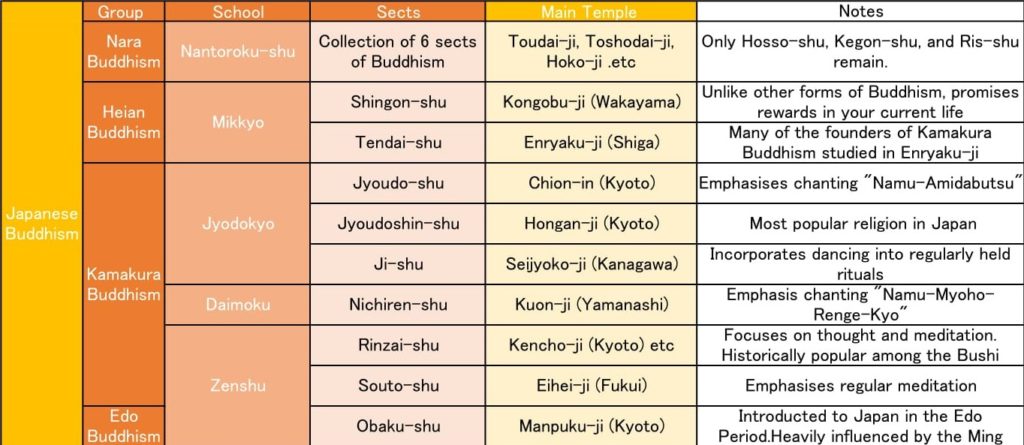
While the kinds of rituals and practices vary a bit differ from sect to sect, many Japanese people actually do not seem too concerned with these differences. Even if, for example, someone belongs to Jyoudoshin-shu, they may sometimes visit temples of a completely different sect, like Shingon.
Temple Deities

Long ago, when Buddhism was still new in Japan, a temple was built for the expressed purpose of housing a sacred Buddhist relic, known as a bushari [仏舎利]. The relic was often placed a pagoda which would serve as a stupa.
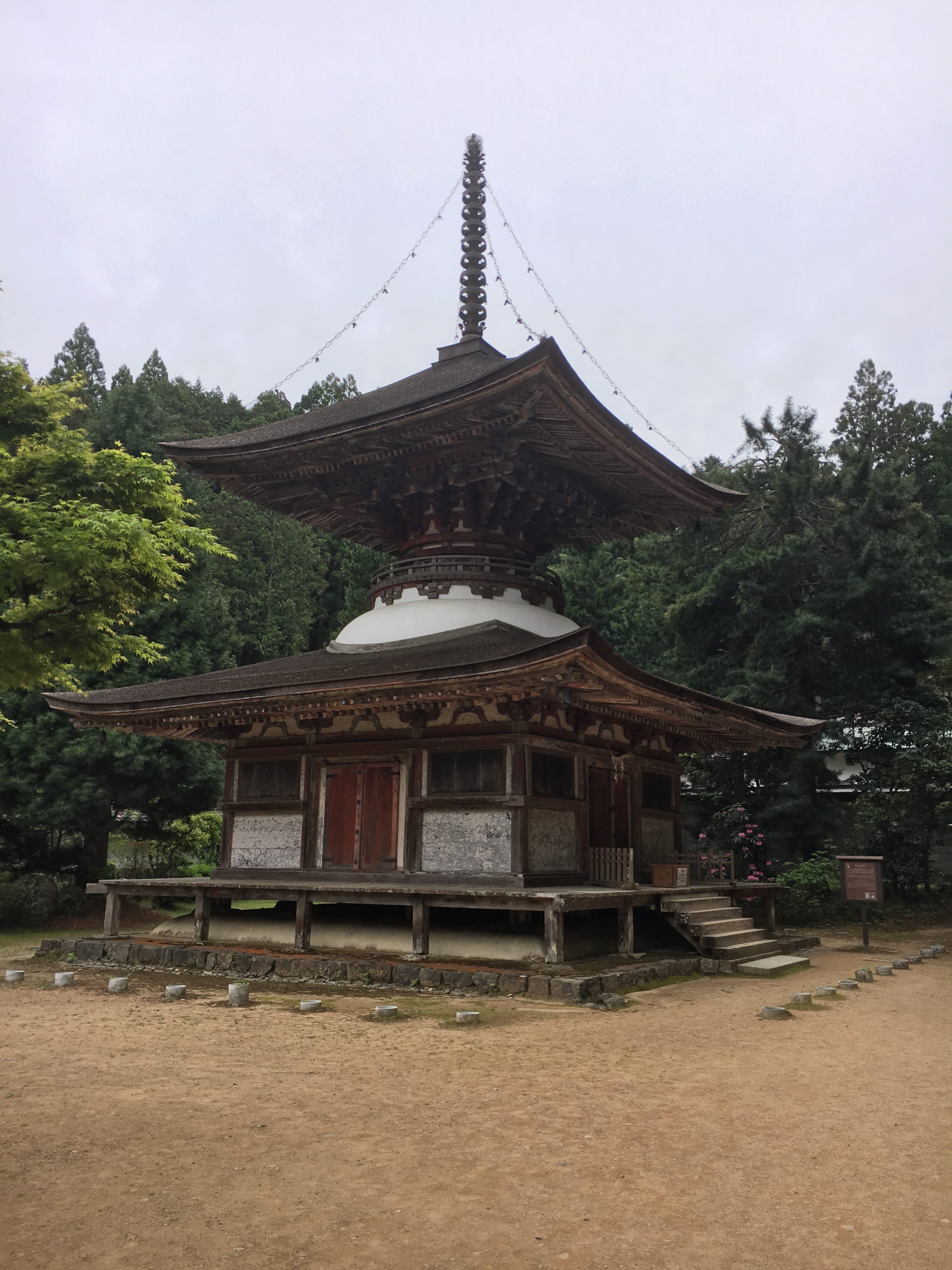
All of the other buildings on the temple grounds would then be built around the pagoda where the relic was kept. This layout is now rare, but can be found in Japan’s very first temple, Asuka Temple in Nara. In Asuka Temple, the pagoda is squarely located in the center of the temple grounds and is surrounded by the other temple buildings.
It was not long, however, before people started to create statues of the Buddha or a bodhisattva, and eventually it was these statues that became enshrined in a temple.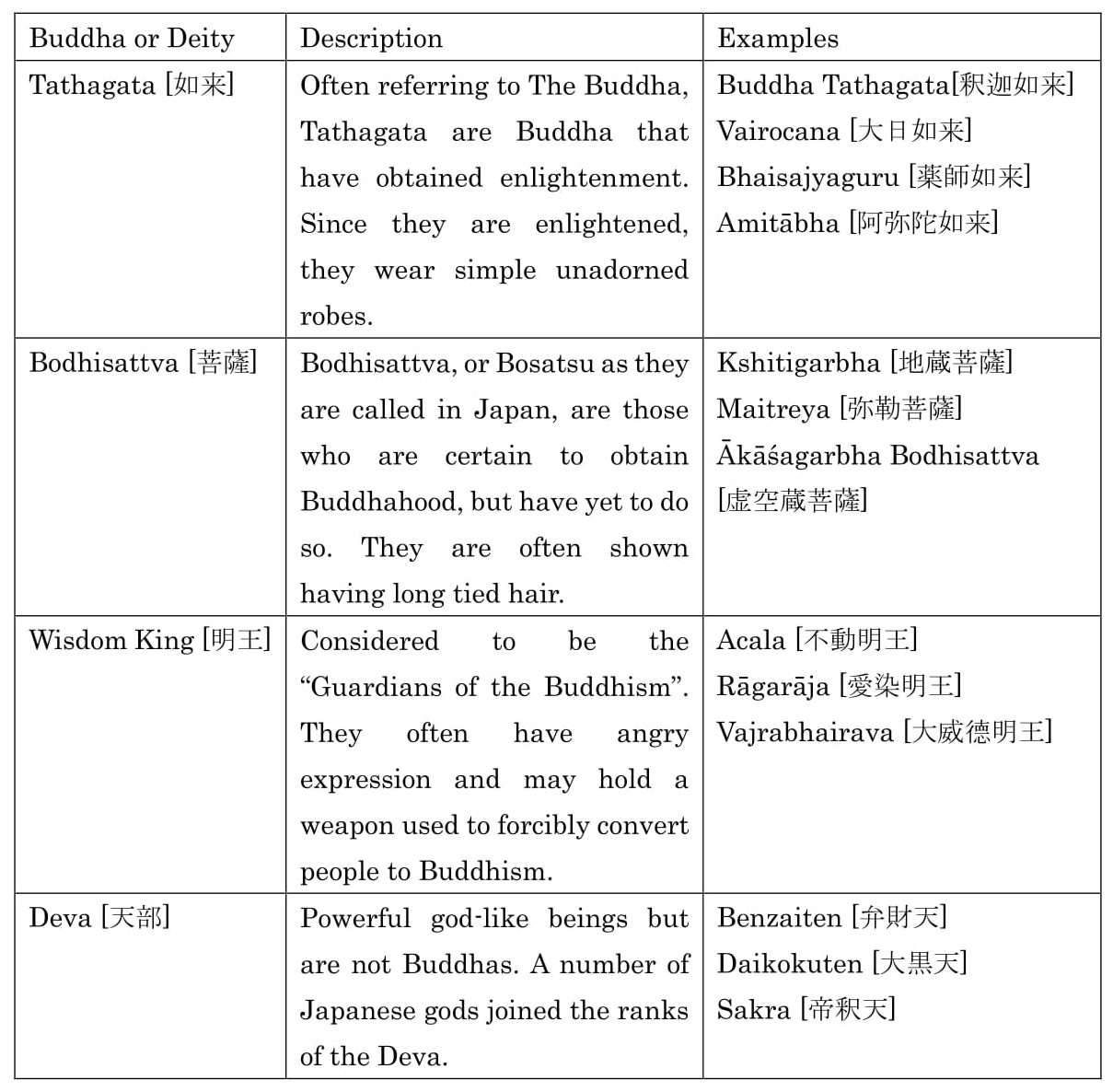
Each sect of Buddhism has a main deity, such as Amitabha for Jyodoshin-shu or Vairocana for Shingon-shu, but this does not mean that all temples of a particular sect only enshrine that specific deity. Each temple has a different deity for any number of reasons and each temple has its own unique history as to why and how it came to enshrine its deity.
Visiting Japanese Temples
Sanmon [山門]
Temples have a gate called a sanmon. The sanmon is the formal entrance of a temple, and more than often there is some kind of marker that lists the temple’s name and sect next to the sanmon.

Also, the word [山門], literally means “mountain gate”, and comes from the fact that temples were originally built on a mountain, so each temple also has a mountain name. For example, the mountain name of Shitenno-ji, one of the most famous temples in Japan, is Arahaka-san [荒陵山].
Chozuya [手水舎]
Like shrines, a temple also has a chozuya and its purpose is the exactly the same as in a shrine: to purifying yourself. As such, the purification ritual at a temple’s chozuya is exactly the same as you would perform in a Shinto shrine.
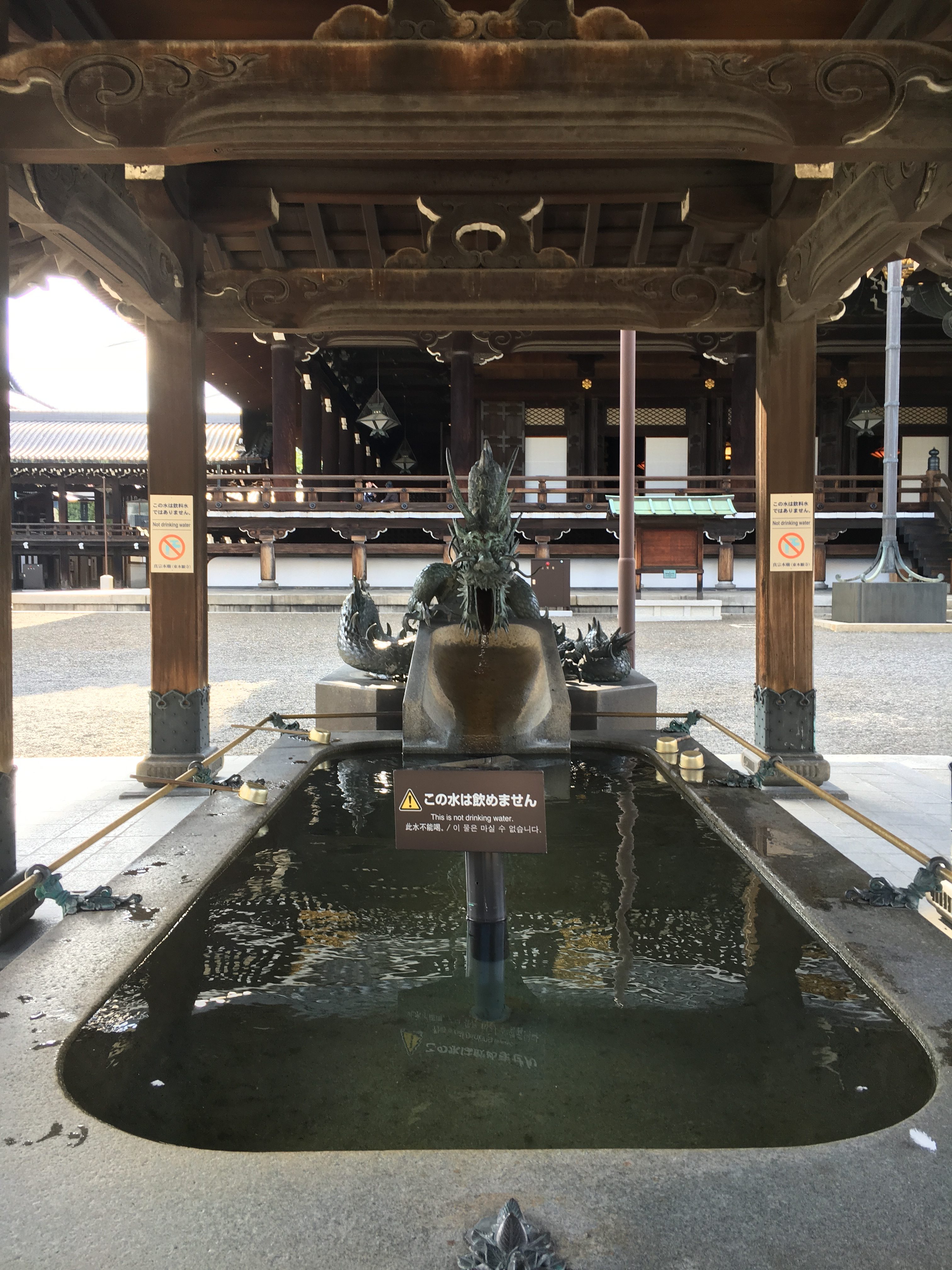
How to Purify Yourself at the Chozuya:
- Holding ladle in your right hand, scoop up some water and wash your left hand.
- Transfer the ladle to left hand wash your right hand.
- Switch the ladle back to your right hand and pour a little water in your left hand to wash your mouth. (You do not have to drink the water)
- Then tilt the ladle back, allowing the remaining water wash the handle of the ladle
Hondo [本堂]
The main building of a temple is called hondo or kondo. The hondo enshrines either a relic or a statue of that particular temple’s Buddha. In front of the hondo, you will spot a large pot of incense whose smoke you will use to purify yourself. In a small temple you may have to buy incense for about 50 yen or so.

After you purify yourself, you may walk up the hondo to pray. The prayer ritual for temples are notably different from the one you perform at a shrine.

How to Pray at Temples:
- Insert coin in collection box
- If there is a gong, bang it lightly
- Pray silently and do not clap. This is not a Shinto shrine after all.
In Jyodoshin-shu temples you can quietly recite a chant like, “Namu-amidabutsu” when you pray, or in Nichiren-shu temples you can recite “Namu-myoho-renge-kyo”.
In Mikkyo temples, you can recite a chant that corresponds to the deity enshrined in that temple. For example, if the temple enshrines Amitābha, you can say “On Amirita-teisei-kara-un” before you pray. But don’t worry about memorizing these chants. If a temple has a specific chant, it is usually written down somewhere near the collection box.
More on Japanese Temples
Shuin [朱印]
Many temples, except Jyodoshin-shu, offer shuin, just like shrines do. Temple shuin, however, tend more elaborate than most shrines, and will contain many different stamps and flowing calligraphy

Goma [護摩]
Many Buddhist sects focus on the afterlife, or even your next life, rather than your current life. However, Mikkyo temples allow you to pray for fortune in your current life.At those temples you can purchase a thin piece wood called goma, upon which you will write down a your prayer. Later, the monks burn the goma with other offerings to the temple’s deity. By burning the goma, your earthly desires are cleansed and your prayer will be answered. Hopefully.
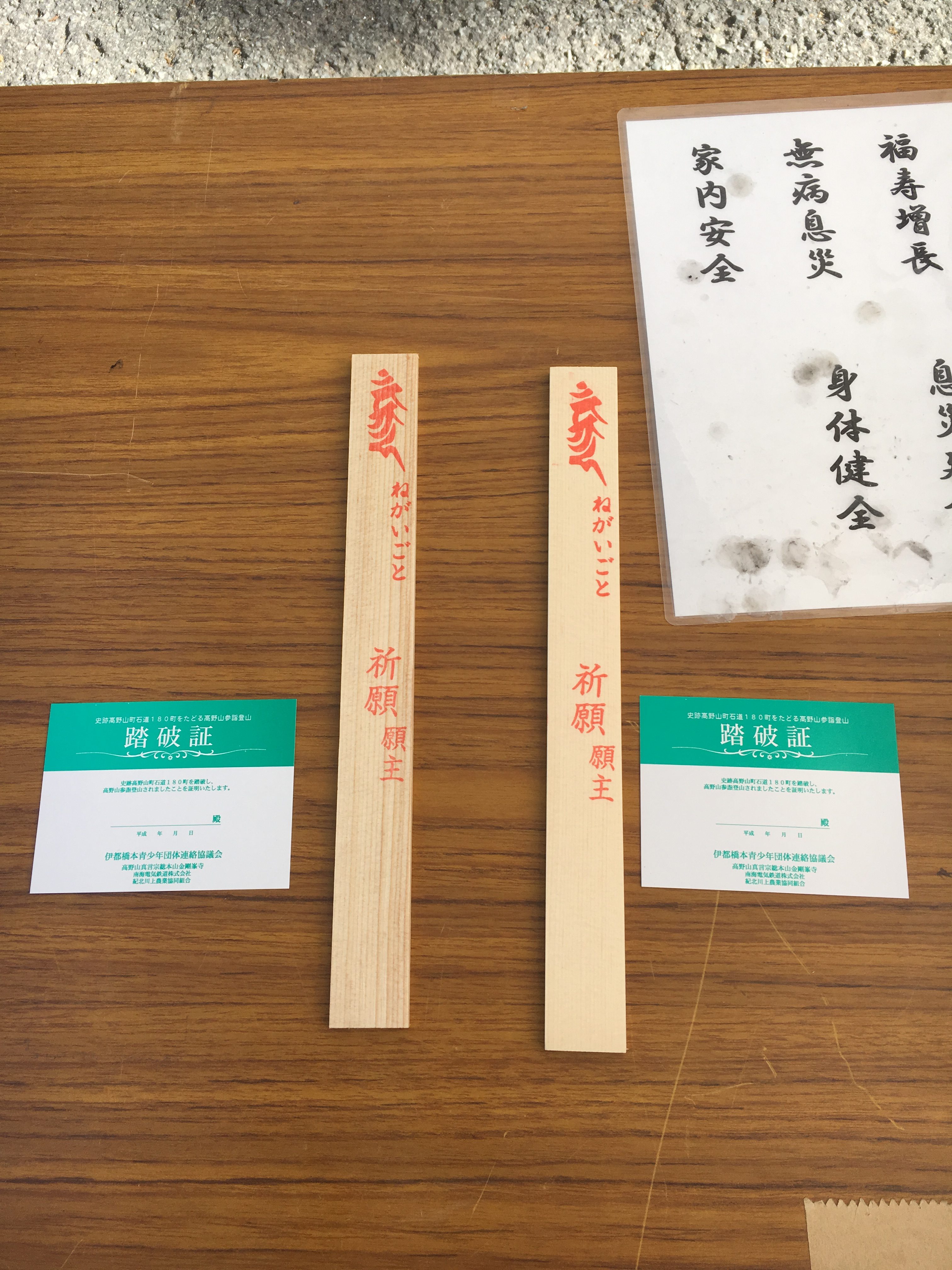
Danka and Ujiko [檀家・氏子]
In the Edo Period, all people had to belong to a temple. While part of the reason for this was to prove you were not Christian, another very big part was that it helped the government keep track of who had paid their taxes. In any case, every year an individual or family was required to pay their respective temple (a dana-dera) a fee called danka ryo. Among other things, this fee was to used to help a temple maintain an individual’s family grave site. This system was called the “danka system” and a lot of people to this day belong to a danka and still pay danka ryo to their respective temple every year.

Conversely, almost all people also belonged to a local shrine as an ujiko. By belonging to a shrine as an ujiko, people would, and still do, participate in certain festivals and customs that related to the ujigami of their local shirne. Traditionally Shinto priests did not perform lasts rites or any kind of funeral rituals. Because of this, it was the norm for a person to be an ujiko of a shrine, as well as a danka of a temple. This is probably where the notion of “Japanese live by Shinto and die by Buddhism” originated from.
Like their Shinto counterparts, temples have greatly shaped the identity of Japan throughout the centuries. These temples offer visitors to Japan plenty of mysteries to explore, but it doesn’t hurt to have a basic grasp of what is what.
Now, get out there are discover Japan’s temples for yourself!

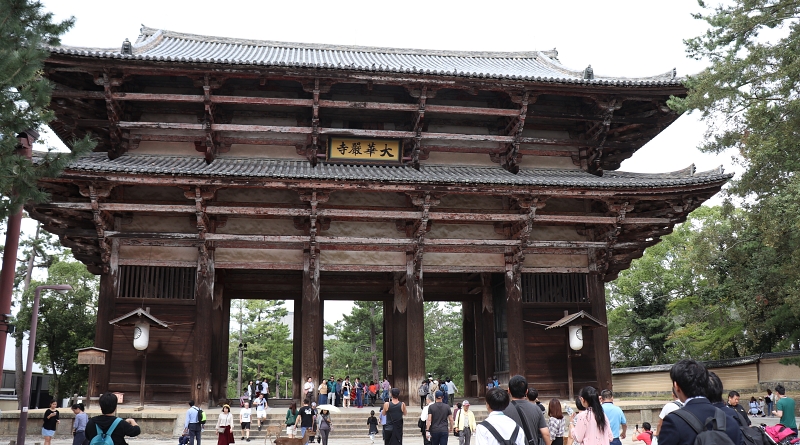
Leave a Reply